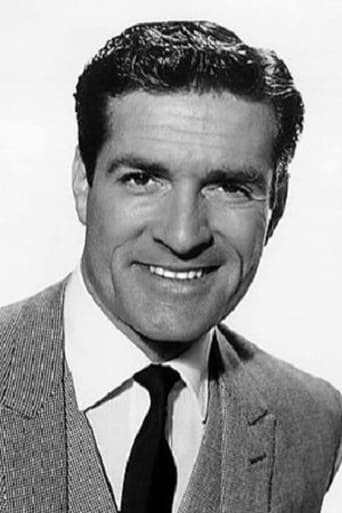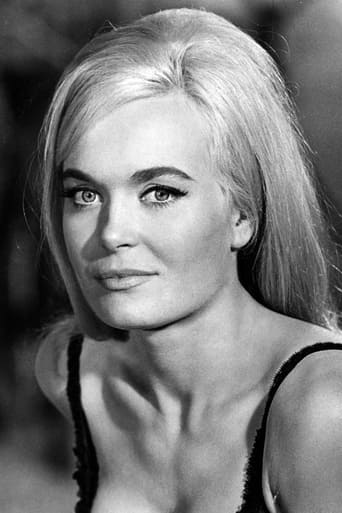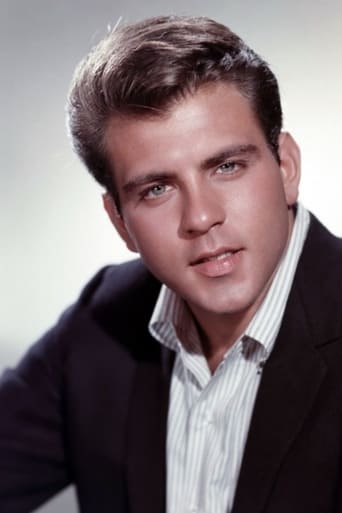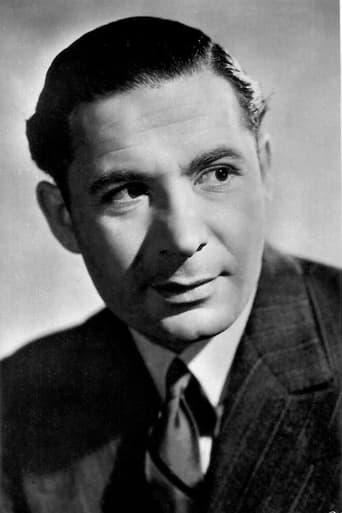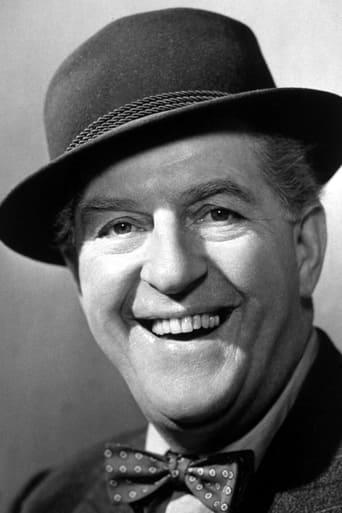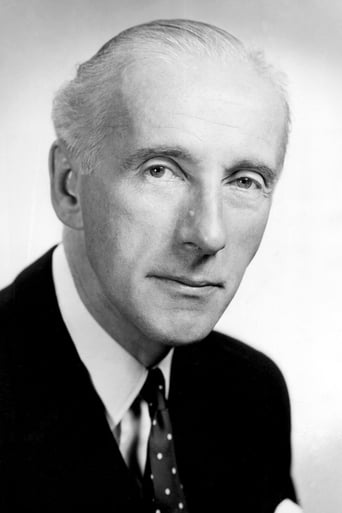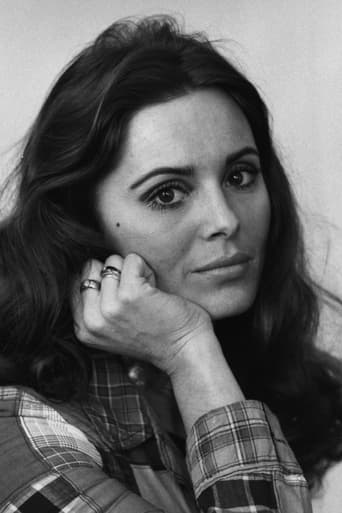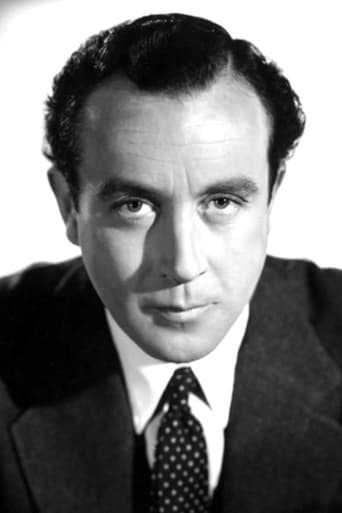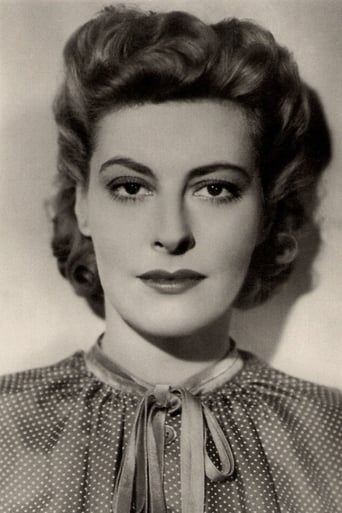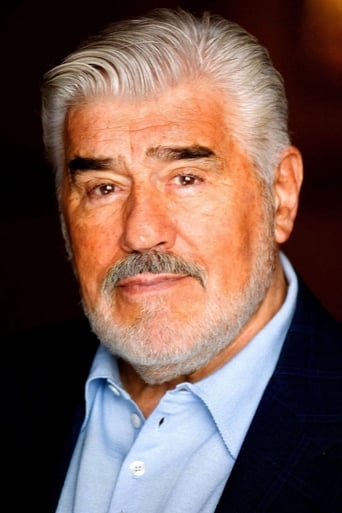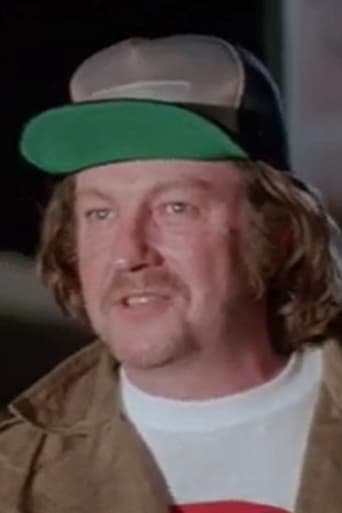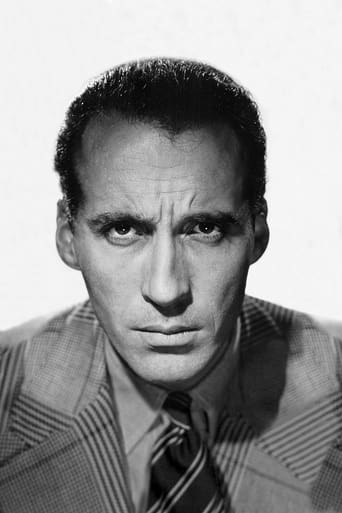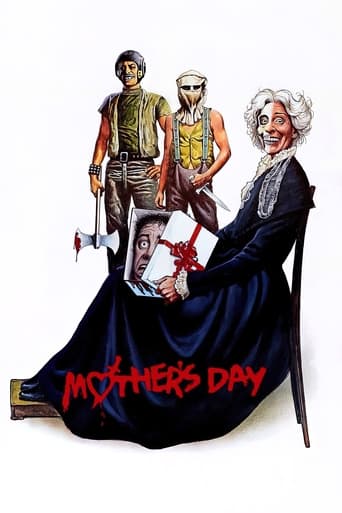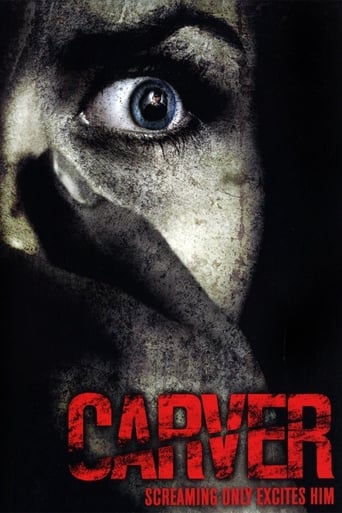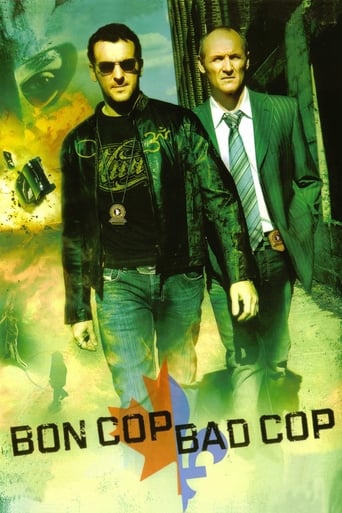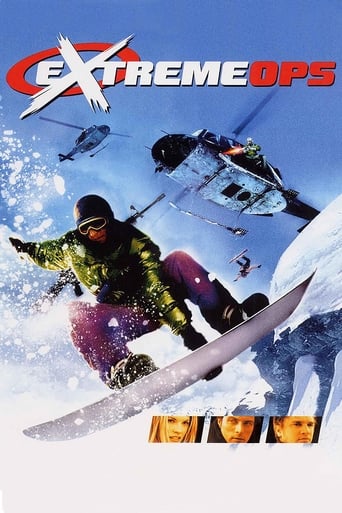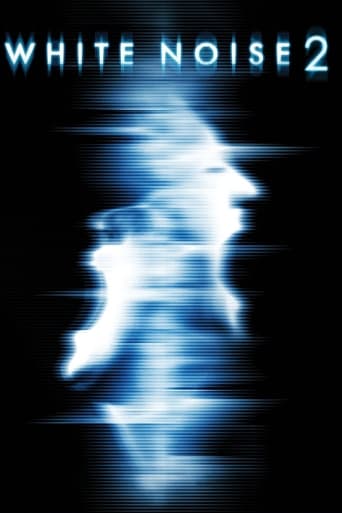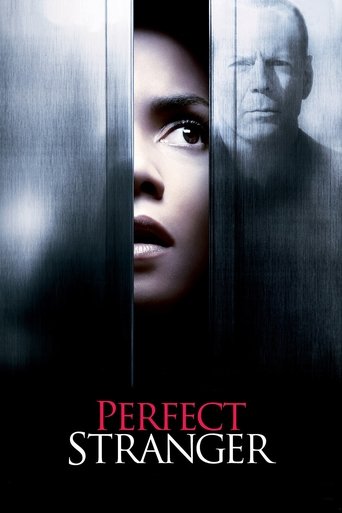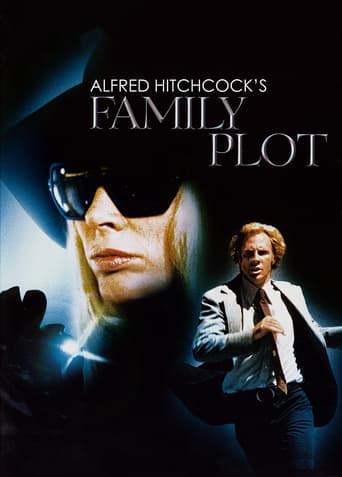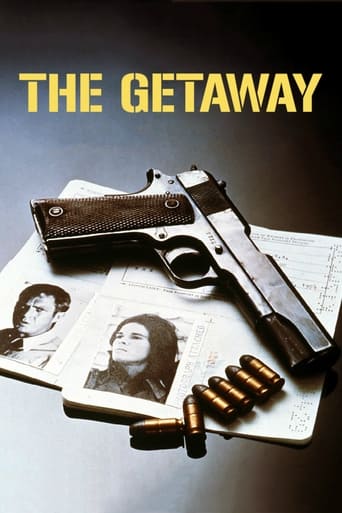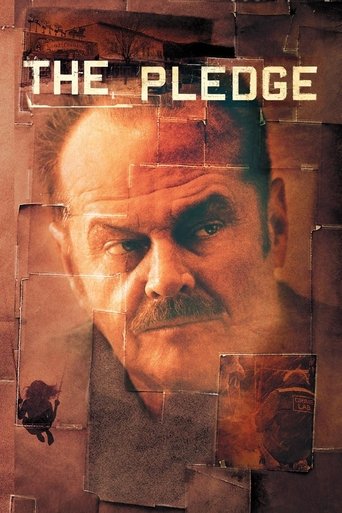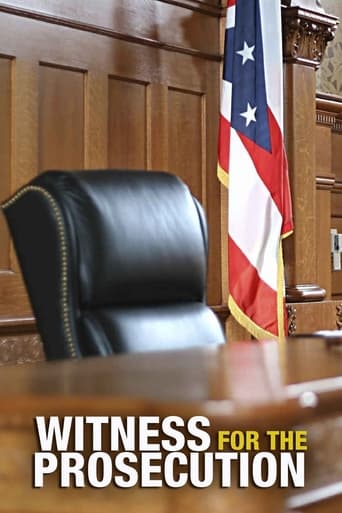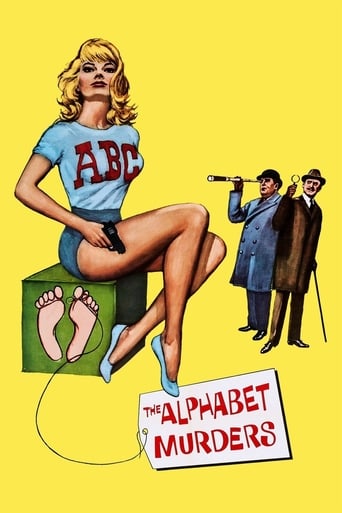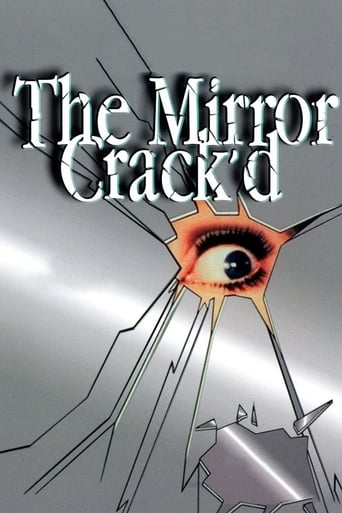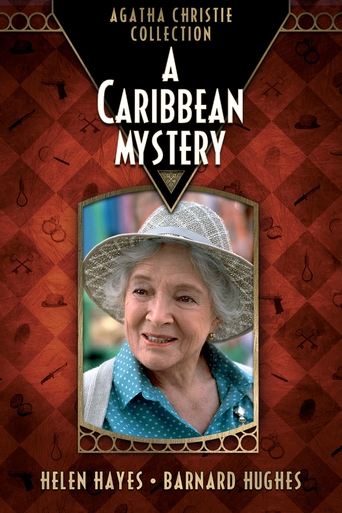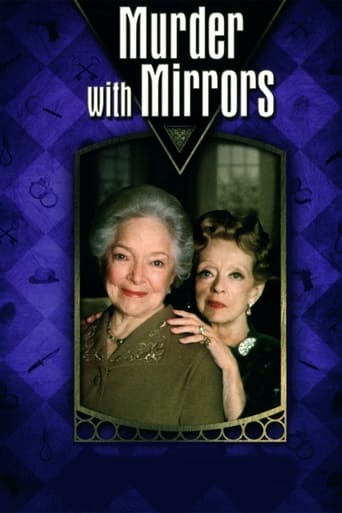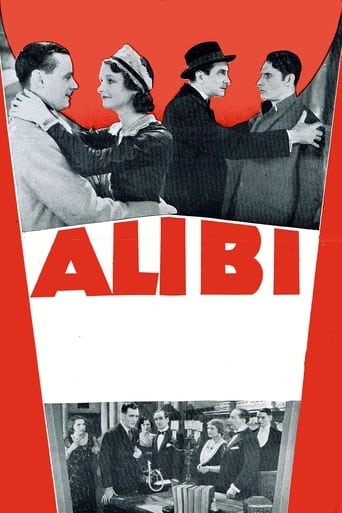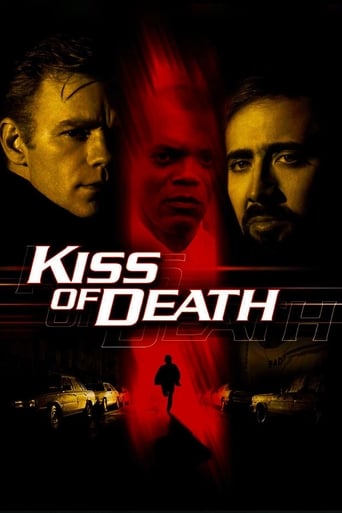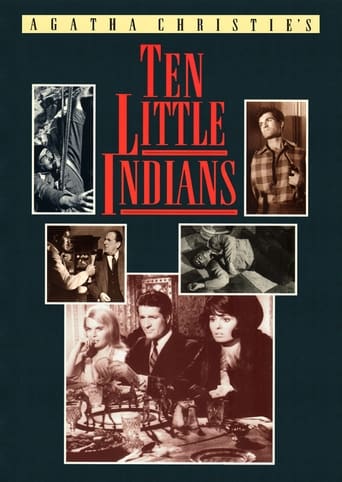










Ten Little Indians (1965)
Ten strangers are invited as weekend guests to a remote mountain mansion. When the host doesn't show up, the guests start dying, one by one, in uniquely macabre Agatha Christie-style. It is based on Christie's best-selling novel with 100 million sales to date, making it the world's best-selling mystery ever, and one of the most-printed books of all time.
- George Pollock
- Dudley Nichols
- Agatha Christie
- Harry Alan Towers
Rating: 6.3/10 by 121 users
Alternative Title:
Geheimnis im blauen Schloß - DE
Agatha Christie's 'Ten Little Indians' - US
10 petits indiens - FR
Десять негритят - RU
E Não Sobrou Nenhum - BR
Da waren’s nur noch neun - DE
Country:
United Kingdom
Language:
English
Runtime: 01 hour 32 minutes
Budget: $0
Revenue: $0
Plot Keyword: isolation, mountain, house, austria, murder, isolated house, murder mystery
The Hills Are Alive With The Sound Of Murder. Much like the filmic adaptations of Agatha Christie's stunning source novel, a literary work that added the killer to serial, the Ten Little Indians rhyme has quite a few versions. I mention this because the core essence of the source, both in written rhyme and filmic celluloid, is always what shines through. The films vary in quality, though each one does bring its own ideas to the adaptation, George Pollock's 1965 version is a dandy, though not perfect by any stretch of the imagination. The story is relocated to a remote snowy mountainside. Ten people have gathered there, either as servants or guests invited by the mysterious U.N. Owen. Once all gathered under one roof, a tape recording reveals that all the guests are guilty of despicable crimes, and thus must pay the price. Cue the now standard formula of each member of the ten getting bumped off as suspicions and panic begins to arise. With each death comes the removal of a model Indian from a circular display laid out on the lounge table. Thus we have a serial killer whodunit (whosedoingit?) in full effect. The deaths are inventive, with some carrying genuine suspense and chills into the bargain, and although the final reveal lacks credibility, it has the requisite surprise factor to not disappoint genre fans. The beauty here is in the cast list, where for fans of British classic cinema it's a roll call of greats. Stanley Holloway, Wilfrid Hyde-White, Dennis Price (whose visual reactions here are ahem, priceless) and Leo Genn lead the male British front, while Shirley Eaton fights the British girl's corner with sauce and sizzle. Supplementing the Brits for an overseas audience, is pop star Fabian, Hugh O'Brian and Daliah Lavi. The latter of which also raises the temperatures considerably. Where the pic falls down badly, apart from Fabian's poor acting that is, is with the visual ascetic served up by Pollock and his cinematographer Ernest Steward. The mansion where the plot unfolds is ripe for much shadow play and creaky corridors, the story kind of demands that the old dark house staples are adhered to. Sadly this area is rarely born out, making it a very wasted opportunity to lift the film to better heights. Still, as stated previously, the source material is timeless and for fans of such fare it's hard not to feel tingly as the conclusion draws in. If the divisive "one minute audience break to discuss who we think dunit" that stops the film before the reveal seems a bit William Castle lite, then so be it, but it's still fun and shows a willingness by the makers to involve the audience fully in the murderous malarkey. I wonder what Agatha made of it? All together now, "Ten little Indian boys went out to dine; One choked his little self and then there were Nine…" 7.5/10

